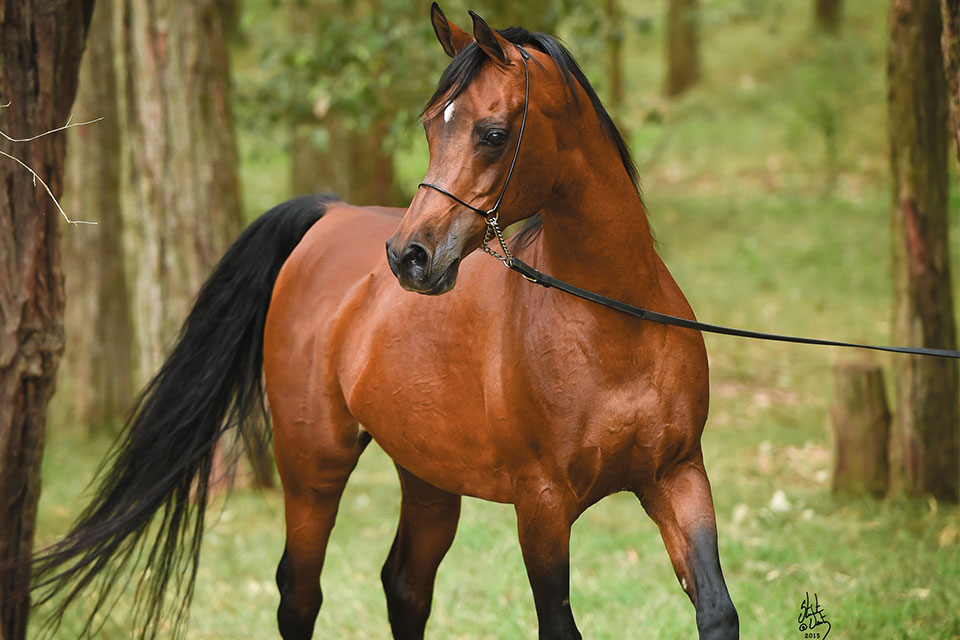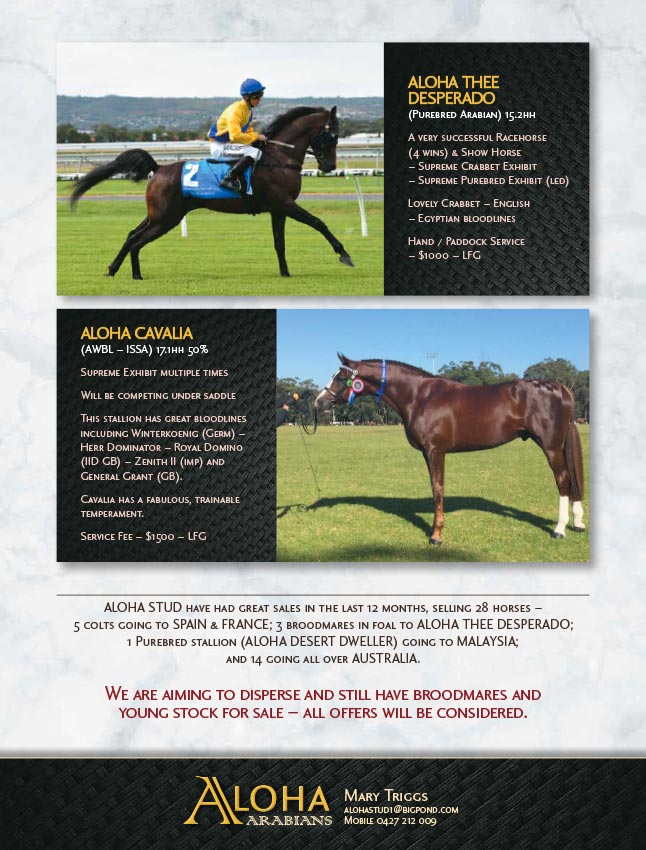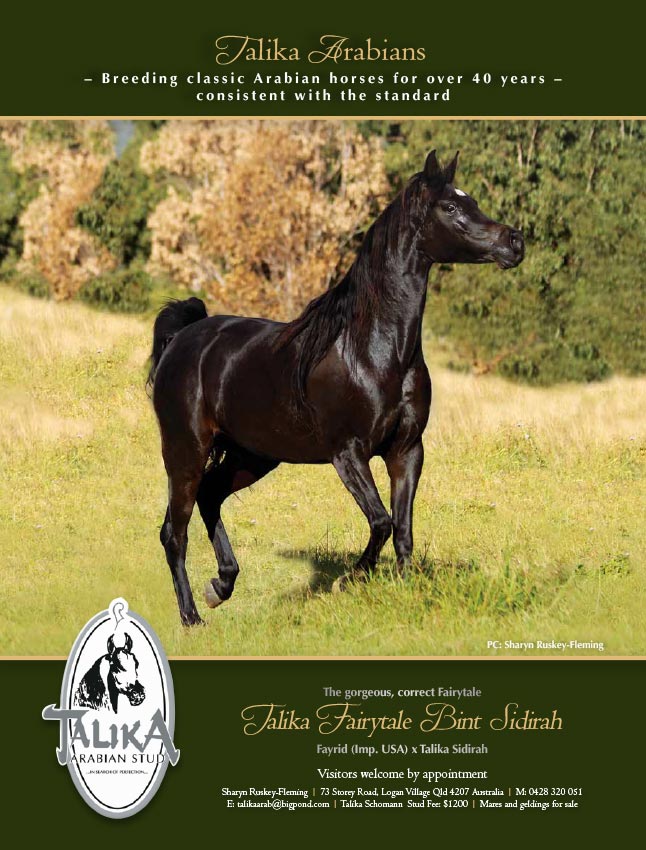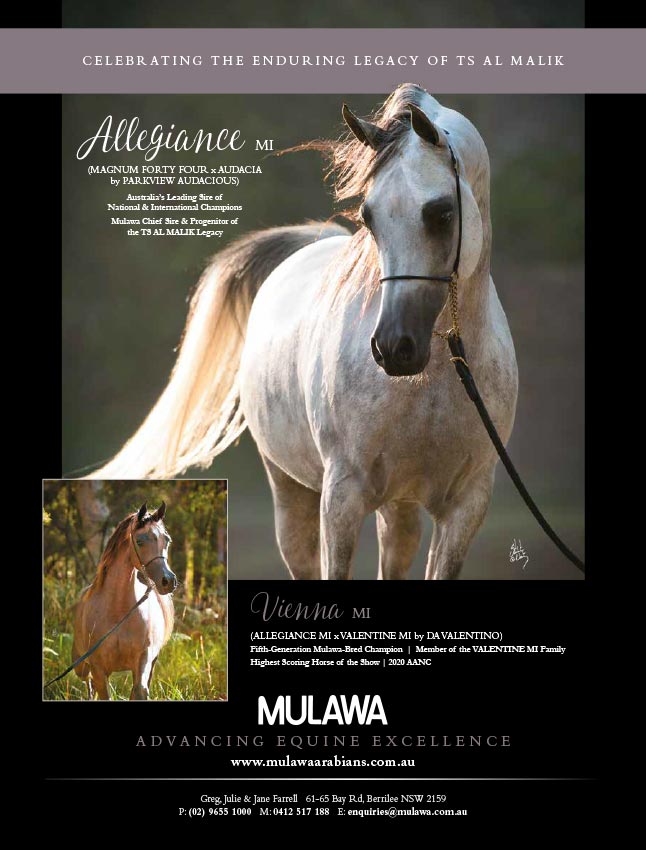
A Bygone Era – Delos & Abiram
July 5, 2017
Swabbing at Endurance Events
July 6, 2017A roughage-only diet
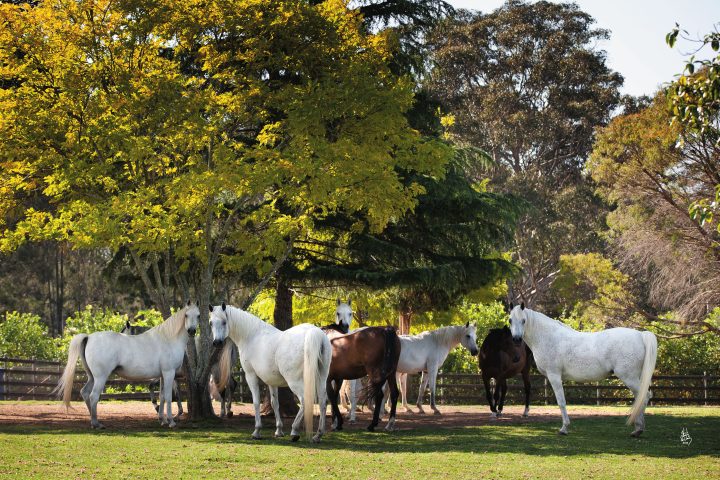
Broodmares at pasture at Simeon Stud
Smart decision or a recipe for disaster?
The question often comes up. Can a horse get by on just roughage – either through pasture or hay – or does it need supplementary feed (i.e. grain)? While seemingly the answer could be either a quick yes or no, the real answer is a bit more complicated.
The first thing that needs to be addressed is whether one is providing good quality roughage (as either pasture or hay). Traditionally, if one’s hay is immature, green and leafy, it would likely be higher in energy and many other nutrients and thus would be viewed as ‘good’ hay. If the hay was mature, yellow and contained a much greater percentage of stems compared to leaves, then it would likely contain lower energy and other nutrients, and thus would be considered ‘poor’ hay. Though it is impossible to determine the true nutrient content of a roughage by just looking at it, one can determine if the amount of energy being fed is adequate and appropriate simply by examining the animal to determine its body condition score (BCS). The system, used by many to determine BCS, is on a nine-point scale with a ‘1’ being an extremely emaciated animal and with a ‘9’ being an extremely obese animal. A ‘5’ is considered to be a moderate animal. In order to properly body condition score an animal, one should put their hands on the animal and feel for fat deposits over various parts of the body. A quick estimate of body condition score is to examine the fat cover over the ribs. Typically you will be able to see the ribs on a horse that is below a body condition score of 5. At a score of 5, usually you cannot see the ribs but you can easily feel them. The higher the body condition score, the harder it is to feel the ribs. Again, while not exact, this quick method will allow most individuals to determine if their animal would fall into a thin, moderate or fat category.
If the body condition score of the animal, representing the fat stored within the body, is going up, then it signifies the animal is consuming more energy than it is using. If the body condition score is going down, then the animal is consuming less energy than it is using. Once you have the animal at the desired body condition score (i.e. not too fat and not too thin), any changes from that may indicate the horse is taking in too much or too little energy. If a diet containing only roughage is causing your horse to get too thin, then it may be necessary to supplement with grain. This often can be the case with performance horses or lactating broodmares. That being said, I have been training racing Quarter Horses for years and my horses spend all of their time out on pasture. Only rarely do I ever have to supplement grain to them and a bigger issue is that they often get a little too fat by consuming too much forage during the summer months and they take in too many calories compared to what they need. So even though they are athletic horses, they often consume more calories than needed on a strictly-roughage diet. Obviously, in such a situation, supplementing grain in order to provide even more energy would be foolish. While typically not provided to performance horses, a ‘poor’ hay may actually be a very useful portion of a horse’s diet if that horse is an easy keeper and has very low nutritional requirements such as a mature horse at maintenance. The ‘good’ hay might be less favourable as one could only feed a small amount, thus leaving the horse for long periods without anything to eat and therefore more prone to behavioural problems.
But when discussing ‘good’ versus ‘poor’ hay, one must be reminded that appearance alone cannot tell you everything you need to know about the nutrients contained within the hay. Professor Manfred Coenen of the University of Leipzig once said, ‘The only good hay… is hay that has been analysed.’ Truthfully, it is not until the roughage has been analysed can you determine whether it would meet the nutritional requirements of your animal. The one advantage to feeding hay (as opposed to pasture) to horses is that the nutrition they are provided can be fairly constant. If receiving a large batch of hay, by testing it, you can be pretty well assured as to its nutritional composition. By knowing that, it is relatively easy to determine if a concentrate or other supplemental minerals (and potentially vitamins) need to be provided. While this can be practical for hay when purchased in large quantities, it may not be so practical when buying hay in small quantities that will be used up within just a few weeks. Additionally, roughage analysis becomes challenging and somewhat impractical when the horse’s diet is all fresh pasture.
Seasonal changes in pasture can greatly influence what a horse consumes considering different forages change throughout the season, thus altering the nutritional composition of the forage. The amount of soluble carbohydrates, fibre, protein, minerals and vitamins can all vary substantially throughout the growing season. In many cases, as pastures begin to grow, these changes are seen as favourable to the horse but, as will be explored later, there are some situations where the increase in these nutrients can cause concerns and potential harm.
Additionally, it is very difficult to determine exactly how much they are consuming so it is challenging to determine if they are meeting all of their nutritional requirements except for energy (again, this can be determined by body condition scoring the horse). Furthermore, the composition oftentimes changes dramatically from month to month meaning that even if one were to nutritionally analyse the forage in their pasture, the nutrient composition will likely be different the next time it is analysed.
An example of seasonal changes in nutritional composition of pasture was pointed out in research performed by individuals at Virginia Tech University in the United States. The research revealed substantial differences in the amount of non-structural carbohydrates (for example, sugars and starches) between pasture sampled in April compared to the samples taken a month later in May. Sampling done around the clock revealed that there was a dramatic diurnal variation occurring in April with the amount of non-structural carbohydrates increasing twice a day. These peaks were reduced in May and were almost non-existent in the months of August and October. There are many people who are concerned about having too many non-structural carbohydrates, particularly simple sugars and fructans, when grazing lush pasture and the resultant potential for the development of laminitis. For horses susceptible to the development of laminitis (for example, ones that have previously developed the problem), it would be advisable to limit the grazing during the periods of lush growth.
Obviously, peak periods for high concentrations of non-structural carbohydrates can vary greatly depending upon where one lives. The peak months should not be expected to be the same in Northern locations as they would be in Southern locations. Typically, one can expect lower concentrations of non-structural carbohydrates when photosynthetic activity is lower (such as when there is cloud cover and the plants have limited ability to synthesise these products) and plant growth is enhanced (such as when there are warm, moist, fertile soils that encourage the plant to use these products for their own growth). By comparison, when photosynthetic activity is enhanced (sunny days when the plant is producing a lot of these products) and plant growth is limited (such as when the temperature is somewhat cooler), higher concentrations of non-structural carbohydrates (particularly fructans) can be expected. Again, it is the suggested link to laminitis that raises concerns with some horse owners during these times of year.
Another potential problem with lush pastures is there are times when it is difficult for some horses to meet their requirements because of the high moisture content of such pastures. One study, in particular, reported that a lush pasture was unable to sustain lactating Thoroughbred mares though it could sustain ones that were not lactating. Given that estimates of water intake from pasture alone range from 31 to 60 kg (roughly 31 to 60 litres or 8 ½ to 16 ½ gallons) of water per day, it is easy to understand how difficult it might be for a horse that has a high nutritional requirement to consume enough dry matter (feed with all the water removed) if the water content is too great in the forage. This usually will not be a problem but is something of which one needs to be aware.
Horses often relish grazing new vegetation and even will forgo hay consumption to consume new pasture growth
Despite these limitations to grazing horses on pasture, most individuals appreciate the opportunity to graze their animals and utilise the quality of nutrients that often accompany this forage during periods when there is lush growth. There is an adage that ‘grass is green, hay is dead.’ It is often easy to see a change in appearance in horses as they begin to graze pasture in the spring. Granted, part of this change is confounded with the increasing amounts of daylight and the shedding of their winter coat. However, horses often relish grazing new vegetation and even will forgo hay consumption to consume new pasture growth – even when it is minimal. Additionally, for those horses not prone to laminitis, that lush new pasture provides a great source of nutrients and can certainly help promote growth and weight gain for horses that lost weight during the winter months.
Another study also revealed how beneficial fresh pasture can be in terms of providing vitamins. In work conducted at Rutgers University, horses removed from pasture had declining concentrations of vitamin A in their blood despite receiving supplemental beta-carotene (a pre-cursor to vitamin A). This demonstrates the substantial amount of vitamins that can be obtained from pasture that may not be available in preserved forages (hays) or even available through supplements. Such large quantities are not needed in the diet but can serve a purpose in replenishing liver concentrations of the fat soluble vitamins that can get depleted over the winter months or during periods when hay is being fed as the sole source of forage. The carotene found in green forage begins to degrade after the forage has been cut for hay, cured and stored. Some estimate that over 50% of the carotene is degraded in hay that has been stored for one year. Under the typical scenario where horses are fed hay over the winter, this is not a major issue as carotene is stored in the liver and can be used by the animal in periods when it is not being provided in adequate amounts in the diet. However, after eating hay for six months, there are definite advantages to allowing the horse to consume green pasture to replenish the carotene reserves. This is just an example of how the horse has evolved to handle the seasonal variations in feedstuffs that occur.
Regardless, in most locations, it is difficult to support a horse on strictly a pasture diet year round. In areas where there are cold winters and deep snowfall, grazing obviously can be difficult or impossible. In areas where hot summers with little rain can dry up pastures, supplemental feeding of hay may also be necessary. Even if it appears that there is plenty of forage available, once the plant matures, the fibre concentration increases and the amount of energy, protein, and vitamins typically decrease substantially necessitating the supplementation of hay. Additionally, in periods of drought, limited access to quality forages can encourage horses to consume weeds and plant species that may have a potential toxic effect. While normally these plants would not be consumed, horses will eat them during periods of drought when there is a lack of other available forages to eat. This is just another example of the importance of providing horses with adequate amounts of quality forage at all times – whether it is from pasture or hay. Failure to provide it may force one’s horse to consume items you would rather not have them eat.
Beyond the health concerns addressed above, one of the most important considerations regarding an all-roughage diet is simply whether the nutrient requirements are being met. Protein concentrations can vary greatly as hay matures and between different varieties of hay, as does the mineral concentrations. Likewise, certain locations have deficiencies or excesses of minerals in the soil and these can play a role in the concentrations of those minerals in the roughage. Truthfully, it is impossible to determine whether the amount the horse consumes is adequate, without being excessive, without the roughage being analysed. Only at that point can one truly know whether a roughage-only diet will accomplish one’s goal for their horse.
So going back to the question of whether a horse can get by on a diet consisting solely of roughage, the answer is… it depends. There are many horses that thrive on an all-roughage diet and probably are happier and healthier as a result of that. However, in other situations, an all-roughage diet may not meet the nutritional requirements of the animal and supplementary feed – either as grain or some type of balancer – may need to be provided. As many have begun to realise over the years, when it comes to equine nutrition, we should emphasise ‘forage first’. If all of the requirements are met, then there is no need to supplement. If there are some requirements that are not met, then supplementing is important. But the only way to know for certain is to make sure you feed ‘good hay’ – and that is ‘hay that has been analysed!’ (Or provide access to ‘good’ pasture – even though a proper analysis of pasture is much more challenging!)





